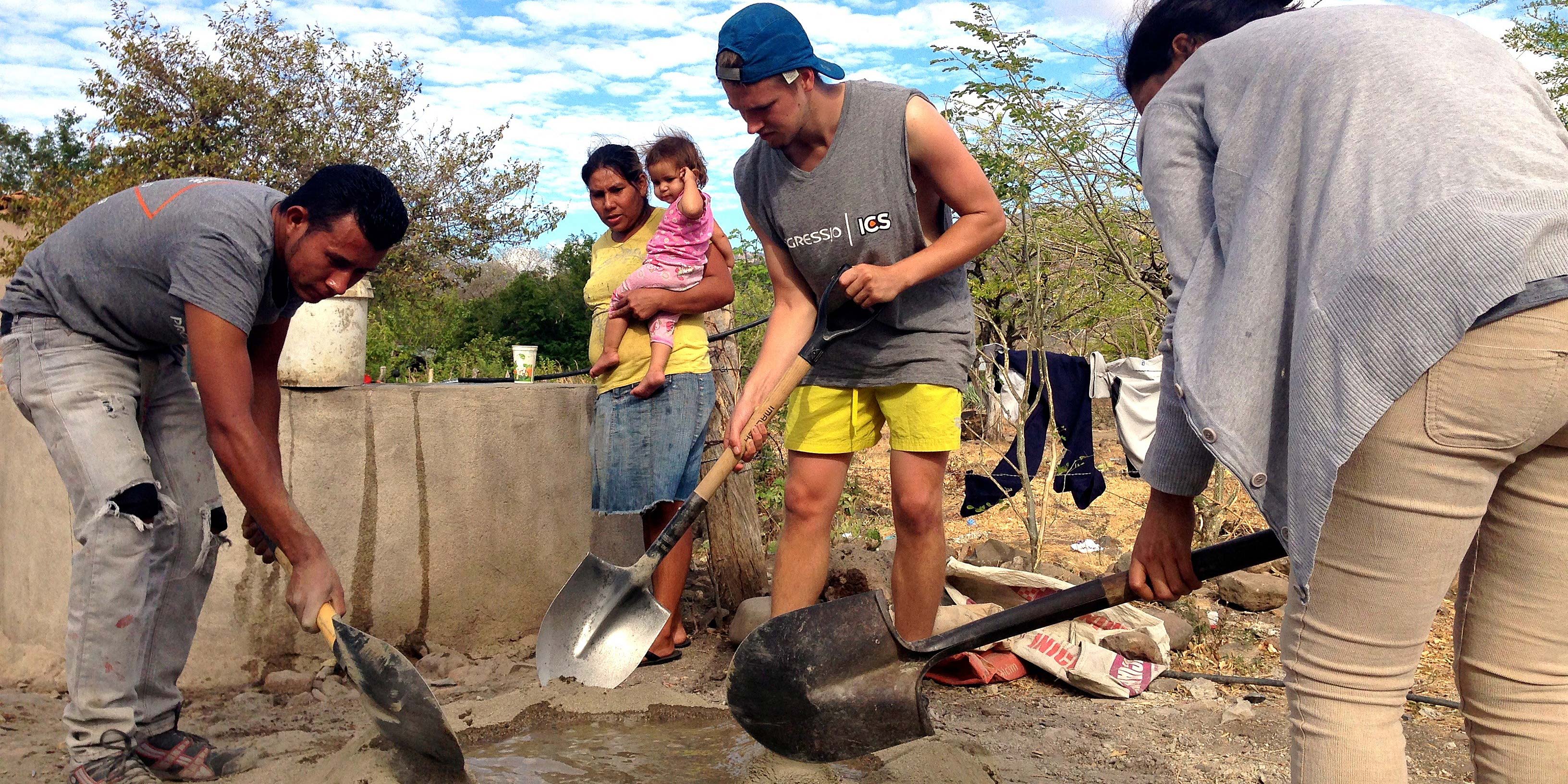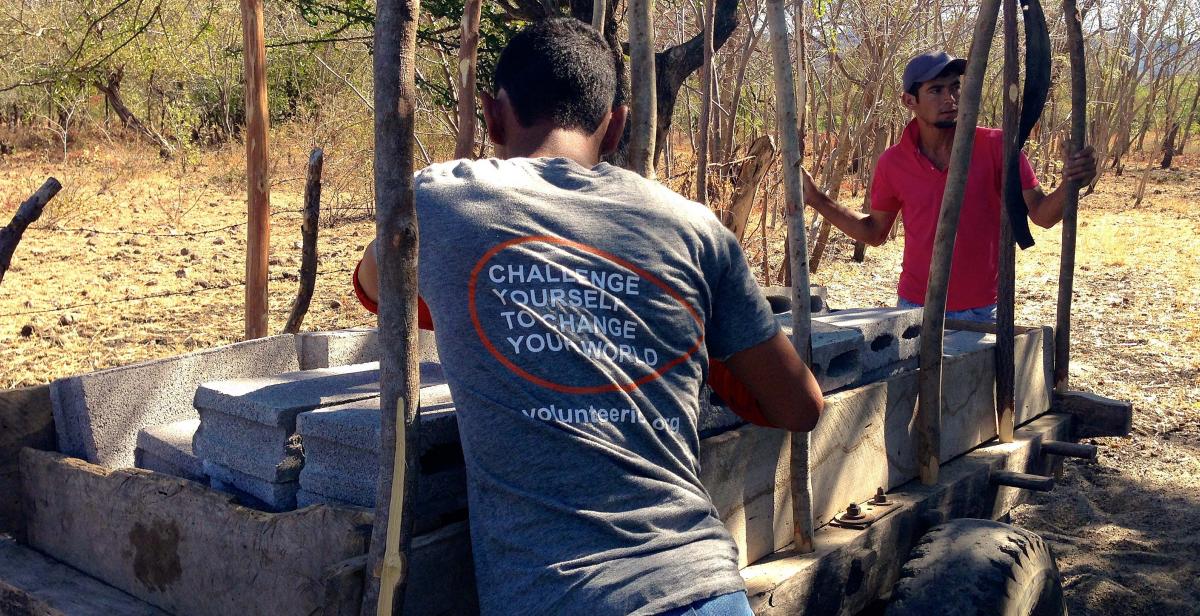These past couple of weeks, a lot of time has been spent on eco-stoves. We have been surveying all the houses in the village, announced the beneficiaries, had them pick up all the materials and, ultimately, started the construction of our first eco-stoves.
We have been met with a few obstacles when picking the 12 beneficiaries of the eco-stoves. How does one figure out who would benefit the most from an eco-stove? Should the main focus be on vulnerable people; for instance, people with illnesses, diseases, and pregnancies, or people who are noticeably poor; people whose tiny houses are made out of material. Big households also need to be taken into consideration, even if they have plenty of money and no illnesses, as big households require more wood for their stoves, and deforestation plays a big role in environmental damage. Last but not least, how does one avoid being biased in the decision-making, when we, the volunteers, are all part of the community, and have personal ties with many of the inhabitants here?

These questions were all resolved, and we have now constructed half of the 12 eco-stove bases. Furthermore, observing the houses that we were surveying was proof of how well the UK volunteers have settled into the community ('They have a fridge?'/'What a luxury!')
Written by ICS volunteer Vilde Riise Hamre



